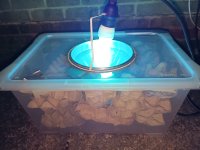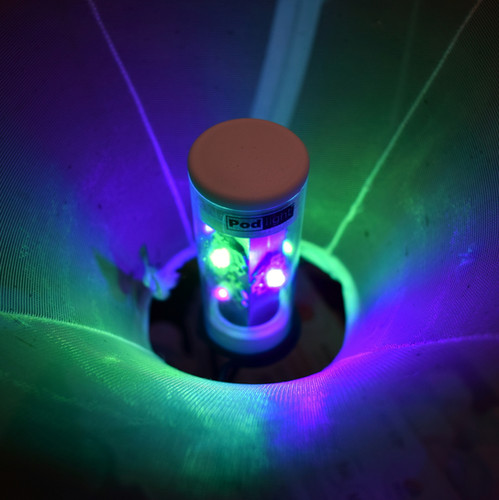
My moth identification has always been what I come across but wondered about trying trapping. I would need something that could run off batteries (anything that would run off a usb powerpack?). Thinking LED might be the way to go. Ideally something fairly small - quite happy with just attracting a handful at this stage. Not wanting anything overly complex, big or expensive. I don't know whether I'll get into it.
Light pollution levels aren't too bad - garden backs onto hedgerow then open fields/Marsh, but am on edge of small town.
UK supplier ideally. Not sure I've got the time for a DIY approach.
Any thoughts on a real budget beginners set up, and any essential accessories?
Light pollution levels aren't too bad - garden backs onto hedgerow then open fields/Marsh, but am on edge of small town.
UK supplier ideally. Not sure I've got the time for a DIY approach.
Any thoughts on a real budget beginners set up, and any essential accessories?







